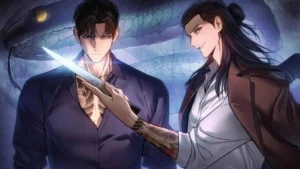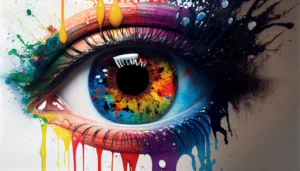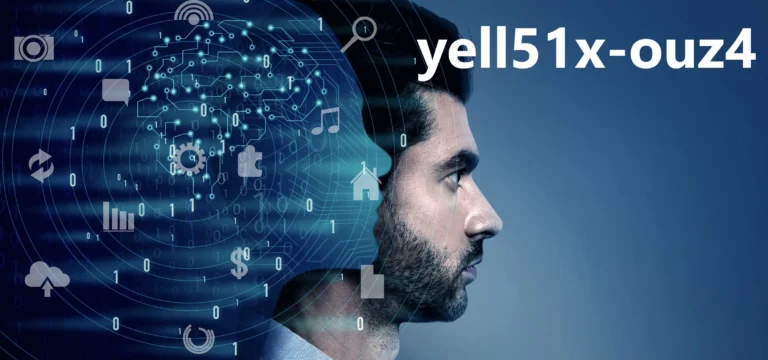Introduction
The ünikorn, often referred to as the unicorn, is a mythical creature that has fascinated people for centuries. Known for its majestic appearance and single spiraling horn, the ünikorn symbolizes purity, grace, and magic. This article explores the origins of the ünikorn, its cultural symbolism across different traditions, and its impact on modern culture.
Historical Origins of the Ünikorn

Ancient Civilizations
The legend of the ünikorn dates back to ancient times. In Mesopotamian art, one-horned creatures were depicted as symbols of power and protection. Similarly, the Indus Valley civilization featured these mythical beings in their seals and artifacts, highlighting their importance in early human history.
Greek and Roman Accounts
Greek and Roman writers also contributed to the ünikorn’s myth. The Greek historian Ctesias described an exotic animal from India that resembled a horse with a single horn. This description, combined with Roman fascination for the extraordinary, helped establish the ünikorn’s place in Western mythology.
Medieval and Renaissance Symbolism
During the medieval and Renaissance periods, the ünikorn became a symbol of purity and virtue. It was often depicted in art and literature as a creature that could only be tamed by a virgin. The ünikorn’s horn was believed to have magical healing properties, and it frequently appeared in religious and moral allegories.
Cultural Symbolism and Folklore

European Folklore
In European folklore, the ünikorn was thought to possess magical abilities. Its horn, known as the alicorn, was believed to neutralize poison and cure illnesses. This belief led to a trade in what were thought to be ünikorn horns, though they were often narwhal tusks or rhinoceros horns.
Asian Traditions
Ünikorn-like creatures also feature prominently in Asian cultures. In Chinese mythology, the Qilin is a one-horned creature symbolizing good luck and prosperity. Similarly, Indian mythology describes the Re’em, a one-horned animal associated with strength and protection.
Other Global Traditions
In Persian mythology, the Shadhavar is a one-horned creature that produces enchanting music. In some African cultures, the Abada is a one-horned animal believed to have purifying abilities, similar to the European ünikorn.
Modern Interpretations and Impact

Pop Culture
Today, the ünikorn continues to captivate imaginations in popular media. It appears in movies, TV shows, and literature as a symbol of magic and fantasy. For example, in the “Harry Potter” series, the ünikorn is revered for its purity and magical properties.
Digital Culture
In the digital age, the ünikorn has become a symbol of whimsy and positivity. It frequently appears in memes, social media posts, and digital stickers, adding a touch of magic to online interactions.
Fashion and Lifestyle
The ünikorn has also influenced fashion and lifestyle. Its image is popular in clothing, accessories, and home decor. Vibrant, pastel colors and glittery designs evoke a sense of playfulness and otherworldly beauty.
Business Context
In business, the term “unicorn” refers to privately held startups valued at over a billion dollars. This usage highlights the rarity and exceptional nature of such companies.
Artistic Contributions

Famous Artworks
The ünikorn has inspired numerous works of art. Notable examples include “The Lady and the Unicorn” tapestries, which depict the ünikorn in various scenes of romance and mysticism. Martin Schongauer’s “The Mystic Hunt of the Unicorn” combines Christian imagery with the popular unicorn hunt motif, emphasizing its symbolic connection to virtue.
Symbolism in Art
These artworks reflect the ünikorn’s evolving symbolism, from divine beauty and purity in medieval art to its representation as a fantastical creature in modern interpretations.
FAQs
What is a ünikorn?
A ünikorn is a mythical creature often depicted as a horse with a single spiraling horn, symbolizing purity and magic.
Where did this myth originate?
The ünikorn myth originated in ancient civilizations such as Mesopotamia and was further developed in Greek, Roman, and medieval European cultures.
What does a ünikorn symbolize?
The ünikorn symbolizes purity, grace, magic, and rarity.
Are ünikorns mentioned in any religious texts?
The ünikorn is mentioned in various historical texts and religious allegories, often symbolizing virtue and divine beauty.
Do they appear in different cultures?
Yes, ünikorn-like creatures appear in various cultures, including Chinese, Indian, Persian, and African mythologies.
How are they depicted in modern culture?
In modern culture, the ünikorn is depicted in media, fashion, digital communication, and as a business term for high-value startups.
What is a “ünikorn” in business terminology?
In business, a “ünikorn” refers to a startup company valued at over a billion dollars.
Are there any famous ünikorn stories or books?
Yes, the ünikorn features in various books and stories, including fantasy literature and children’s media.
Conclusion
The ünikorn remains a powerful symbol of magic, purity, and wonder. Its enduring presence in history, culture, and modern media reflects its timeless appeal. Whether in ancient myths or contemporary stories, the ünikorn continues to inspire and captivate, bridging the gap between reality and fantasy.























+ There are no comments
Add yours